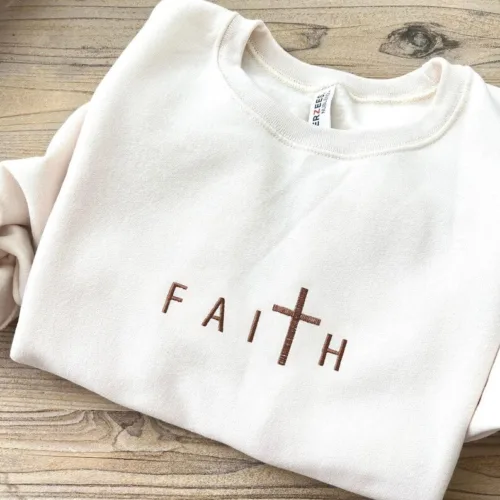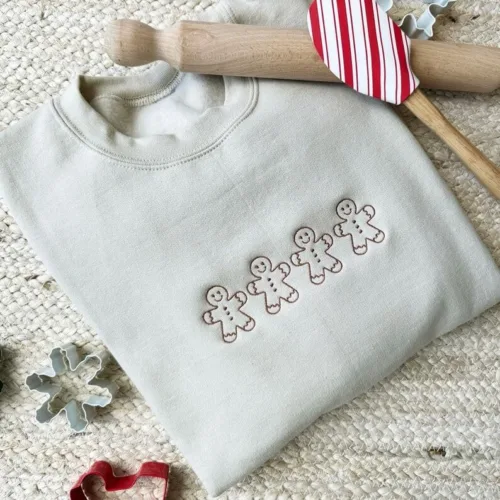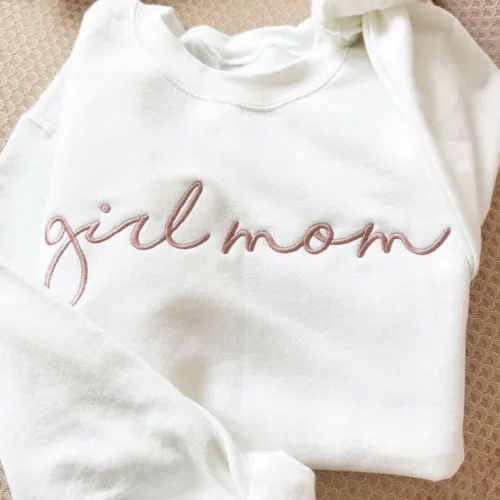The best discounts this week
Every week you can find the best discounts here.
Personalized Embroidered Hat, Custom Text, Custom Logo, Custom Your Image
Personalised Vintage Cap – Custom Embroidered Unisex Cotton Dad Hat with Personalized Text
Personalized Embroidered Cat Hat, Custom Dog Hat, Custom Hat Vintage Baseball
Custom Embroidered FAITH Crewneck Sweatshirt
Gingerbread Men Embroidered Sweatshirt
Girl Mom Personalized Crewneck Sweatshirt
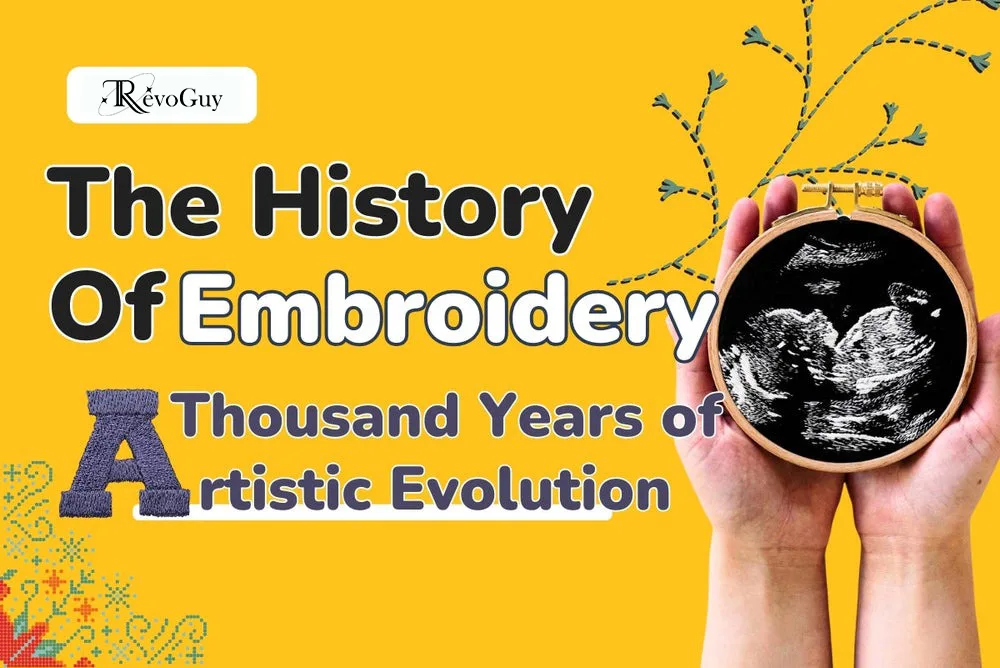
Table of Contents
A Brief History of Embroidery
What is Embroidery? To truly understand embroidery, we begin by looking back through time. This refined art form traces its origins to the earliest days of human civilization. While the exact starting point remains uncertain, archaeological evidence reveals that decorative stitching existed as far back as the Cro-Magnon period, around 30,000 BC.
Fossilized remnants from this era include garments sewn and embellished by hand, indicating that early humans began adorning their clothing soon after learning to stitch animal hides together.
Some of the oldest surviving embroidery comes from the Scythians, dating between the 5th and 3rd centuries BC. Yet, embroidery likely developed independently in different regions of the world. Early advancements in the craft emerged notably in China and the Near East.
In China, the domestication of silkworms between the 3rd and 5th centuries AD transformed textile arts. The result was a golden age of silk embroidery, characterized by refined detail and unmatched craftsmanship.
Throughout the centuries, embroidery has held significant cultural value. It has adorned ceremonial garments, told stories through elaborate tapestries, and preserved traditions across generations. More than decoration, embroidery has served as a mode of expression and identity.
Despite its ancient roots, embroidery remains a vital and evolving art today. It’s celebrated in fashion, home décor, and contemporary art, blending old-world techniques with modern creativity.
What gives embroidery its timeless charm is its adaptability and the personal, intricate touch it brings to every piece. From prehistoric adornment to high fashion runways, embroidery has not only survived—it has flourished, continuing to connect us with our past while inspiring new generations of makers and artists.
Threaded Origins
In ancient China and India, artisans had already begun to master the delicate chain stitch on luxurious silks. These intricate designs were far more than simple embellishments—they were narratives stitched into cloth, symbols of status and wealth, and arguably some of the earliest expressions of personal and cultural identity through fashion.
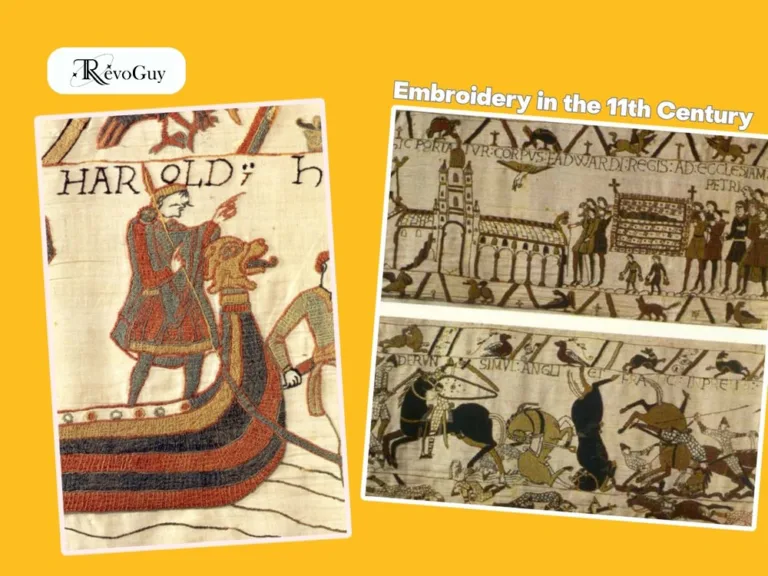
Thread Art in Medieval Times
Fast forward to the Middle Ages, and embroidery reaches a new level of sophistication. In the grand halls of European cathedrals, magnificent ecclesiastical vestments were adorned with intricate stitches, each one reflecting the devotion and mastery of the artisans who created them. The Bayeux Tapestry, a 70-meter-long embroidered depiction of the Norman Conquest, stands as a monumental example of narrative needlework from this period, capturing a pivotal moment in history with the artistry of thread.
Embroidery in the Modern Era
In recent decades, embroidery has experienced a renaissance, with contemporary artists and designers pushing the boundaries of this ancient craft. Bold, graphic designs and even pop culture references are now common in embroidered works, bridging tradition with modern aesthetics. It’s no longer limited to the realm of fine art—embroidered motifs are found on everything from haute couture gowns to popular everyday casual apparel, such as hoodies, bringing a unique blend of craftsmanship and style to the forefront of fashion.
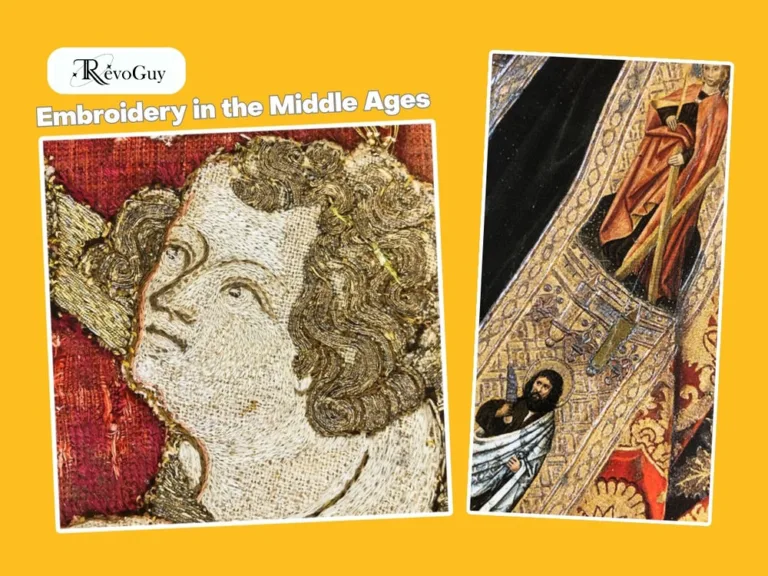
The Tradition and Value of Embroidery
Throughout history, embroidery patterns have been deeply embedded in cultural contexts, with each region contributing unique symbols and motifs. In medieval Europe, religious symbols dominated ecclesiastical embroidery, while heraldic designs, such as coats of arms, adorned the garments of nobility, signifying status and family lineage. Islamic embroidery, on the other hand, often featured intricate geometric patterns, reflecting the cultural significance of non-figurative art in Islamic traditions.
The symbolism behind historical embroidery motifs is rich and diverse. In Chinese embroidery, for example, specific animals and plants held deep meanings: the dragon symbolized imperial power, while the peony was a symbol of wealth, honor, and prosperity. These carefully chosen motifs not only decorated fabrics but also conveyed important cultural values and beliefs, making embroidery a powerful form of storytelling and expression across different cultures.
Embroidery in Action
Embroidery has a wide range of applications across multiple industries. In fashion, it enhances garments, accessories, and footwear by adding rich textures and intricate detail.
- Home décor also benefits from embroidery, with elements like pillows, curtains, and wall art gaining a distinctive, personalized touch.
- In the commercial world, embroidery is a key tool for branding—used to create logos on uniforms, hats, and promotional items that reinforce company identity.
- It plays an important role in religious and ceremonial attire as well, where traditional patterns and symbolic stitching preserve cultural narratives and practices.
A major trend in contemporary embroidery is the surge of on-demand, customized embroidered apparel. Thanks to advances in digital embroidery technology, it’s now cost-effective to produce small batches or one-of-a-kind pieces. This shift has fueled a growing market for personalized items, from monogrammed bags to custom-designed sweatshirts and hoodies tailored to individual style.
Well-Known Embroidery Artists
“To my son: You’re the heartbeat of our family and the hope of our future.”
A touching metaphor for how central your son is to family life and legacy.
“A son’s courage is the echo of every lesson he’s learned and every love he’s known.”
Acknowledge how your parenting and affection contribute to his bravery.
“Sons are the bridge between who we are and who we can become.”
A profound perspective on how sons connect generations and possibilities.
“A son’s journey is the story of a family written in bold.”
Frame your son’s life as an exciting narrative that continues your family’s legacy.
“Sons don’t just follow paths, they blaze new trails for us all.”
Celebrate your son’s pioneering spirit and ability to create new possibilities.
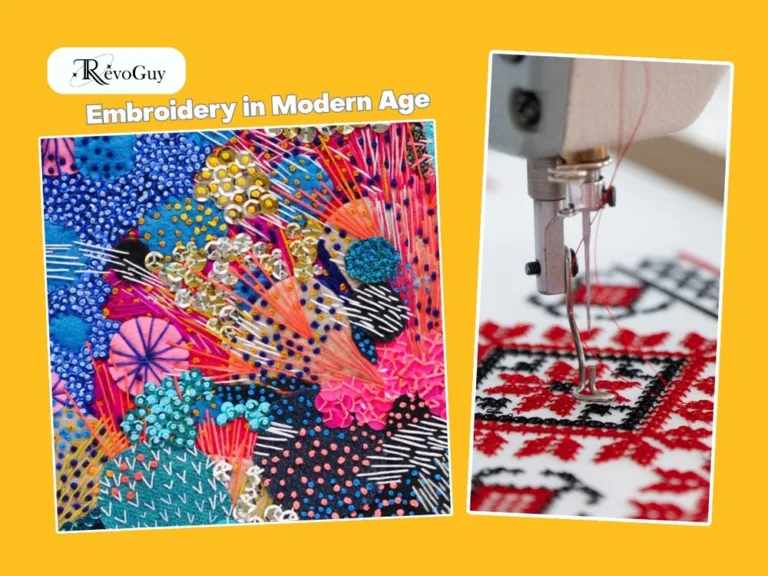
Embroidery’s Historical Journey
Are you feeling inspired to give this timeless craft a try? Looking back at The History of Embroidery, it’s clear that this is more than just decoration—it’s truly an art form. As we move forward, embroidery continues to evolve while remaining a vibrant and meaningful means of creative expression.
The world of needle and thread is ready for your personal touch. Why not browse through some of the unique embroidery designs featured on our products? You might discover an unexpected idea or a new way to celebrate life’s moments. For us, every stitch tells a story—what story will you create?

Sophia Williams
Meet Sophia Williams, the 26-year-old wordsmith behind RevoGuy LLC's heartwarming content. This self-taught writer turned her passion for family stories into a career, weaving tales of love and laughter from her bustling Wyoming home office. With six years in the content creation world, Sophia has mastered the art of making Gen X and millennials alike misty-eyed over their morning coffee. When she's not crafting the perfect emotional hook, you'll find her attempting DIY projects or coaching little league. Her gift-giving advice is significantly more reliable than her home improvement skills.
Recent Posts
Recent Comments
Archives
Categories
Categories
- Accessories (3)
- Christmas's Day (13)
- Custom Product (55)
- Halloween (5)
- Women (36)
- Sweatshirts & Hoodies (62)
Hottest Deals
-
Sale Product on sale
 Personalized Embroidered Hat, Custom Text, Custom Logo, Custom Your Image
Personalized Embroidered Hat, Custom Text, Custom Logo, Custom Your Image$33.00Original price was: $33.00.$27.00Current price is: $27.00. -
Sale Product on sale
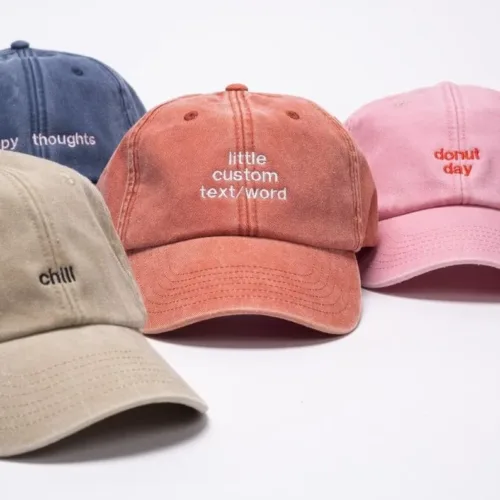 Personalised Vintage Cap - Custom Embroidered Unisex Cotton Dad Hat with Personalized Text
Personalised Vintage Cap - Custom Embroidered Unisex Cotton Dad Hat with Personalized Text$14.00Original price was: $14.00.$12.00Current price is: $12.00. -
Sale Product on sale
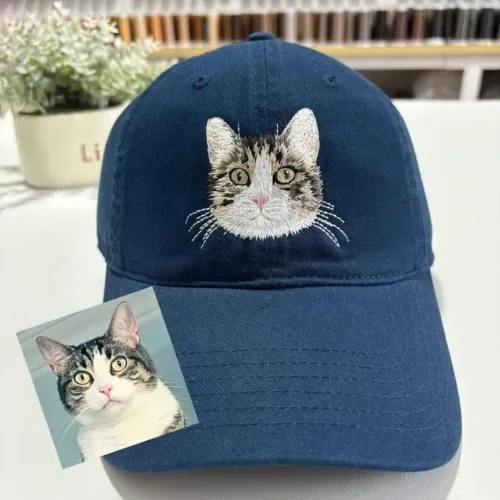 Personalized Embroidered Cat Hat, Custom Dog Hat, Custom Hat Vintage Baseball
Personalized Embroidered Cat Hat, Custom Dog Hat, Custom Hat Vintage Baseball$33.00Original price was: $33.00.$27.00Current price is: $27.00. -
Sale Product on sale
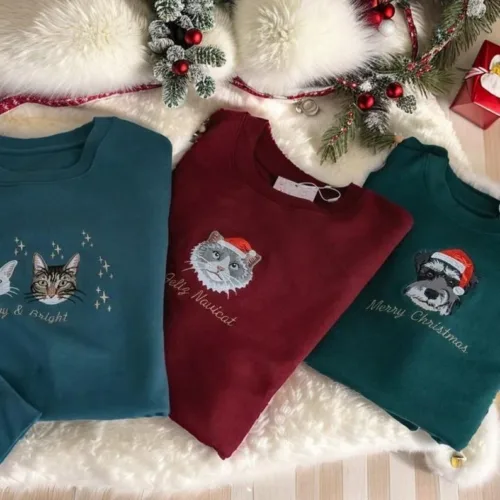 Christmas Edition Custom Pet Portrait Embroidered Sweatshirt$29.00 – $45.00
Christmas Edition Custom Pet Portrait Embroidered Sweatshirt$29.00 – $45.00

